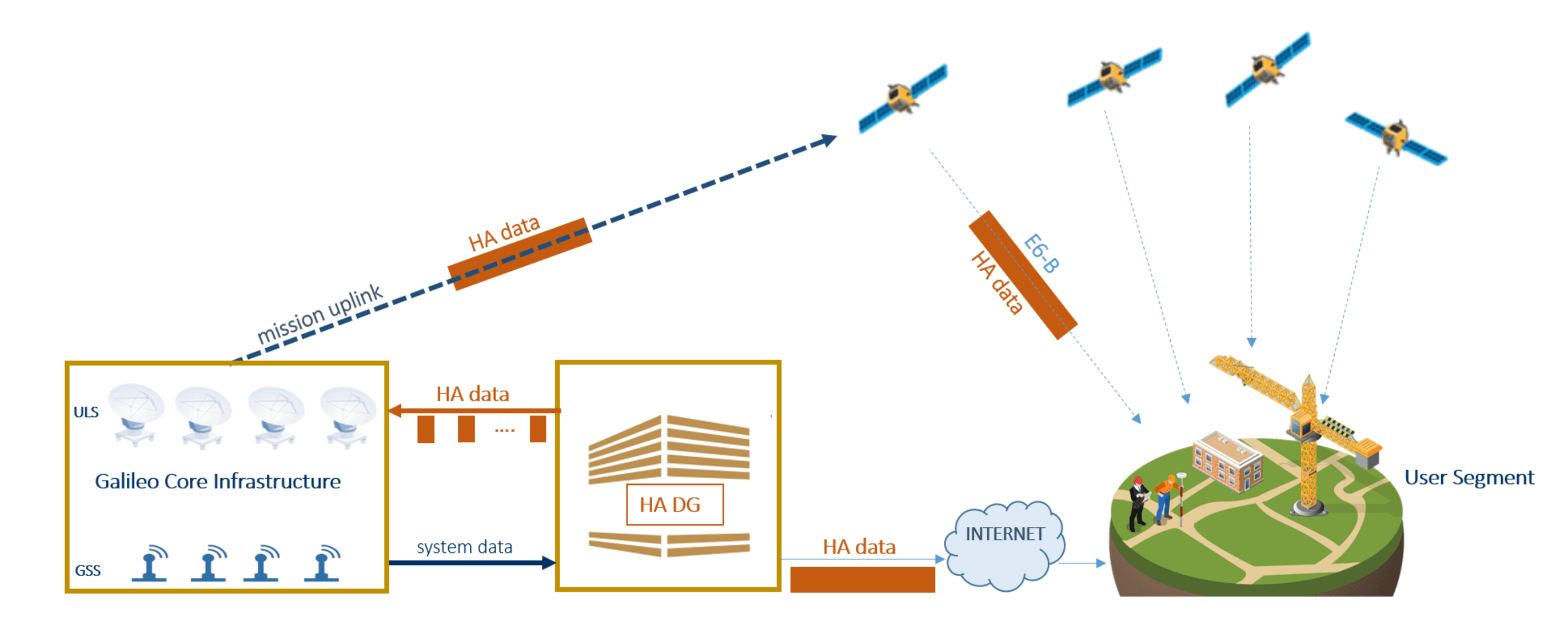
The Galileo positioning service now has an accuracy of less than 40cm, depending on the connected device. This will not work for smartphones yet. Drones and autonomous cars, among others, could use the extra accuracy.
The Galileo satellites have been supporting high accuracy service since Tuesday, which means that the positioning service must have a vertical accuracy of 40 cm and a horizontal accuracy of 20cm. Without has, the service is meter accurate. ESA claims that Galileo is the first satellite service to support has and therefore has such high accuracy. Has is free to use.
Has does not currently work on most consumer devices, as the service operates on the e6 satellite band. According to ESA, this requires high-end equipment. Although the space agency also says that the service should become available via the internet, so that consumer devices could eventually use it.
The European Union Agency for the Space Program Euspa was involved in the project and says that it was mainly developed for surveying, precision farming and civil engineering. “New and emerging applications such as autonomous cars, unmanned vehicles and robotics” would also benefit from has, according to the agency.
Has works by using a high accuracy data generator in Italy which generates additional corrections for Galileo and GPS. These corrections are sent in real time to Galileo satellites, which send the data back to supported devices via the e6 band, with single messages at 448 bits per second. For example, information about the orbits of satellites is updated every thirty seconds and the satellite clocks are adjusted every ten seconds. For example, the information about the Galileo satellites must become more accurate and so must the location determination. ESA says it wants to make Galileo-has even more accurate, but needs additional ground stations for this. The infrastructure is still being upgraded for this.











